Pasilla Chile: The Dark Horse of the Spice World
Ever bitten into a pepper and thought, "Is this chili hiding in the shadows on purpose?" Well, you might just have tasted a pasilla chile. While it doesn’t shout for attention like its spicy siblings, this mysterious dark beauty has been quietly enhancing dishes for centuries.
Table of Contents
- What Is Pasilla Chile?
- Flavor Profile & Heat Level
- Culinary Uses of Pasilla Chile
- 5 Practical Cooking Tips with Pasilla Chiles
- Pasilla vs Ancho: What’s the Real Difference?
- Buying & Storing Pasilla Chiles
- History & Cultural Significance
- FAQ: Your Burning Pasilla Questions Answered
What Is Pasilla Chile?
The pasilla chile (also known as pasilla bajío or chile negro) is the dried form of the chilaca chili, a long, wrinkled, dark green to blackish chili native to Mexico. Once matured and dried, it transforms into the rich, deep brown to almost black color that gives it its name — "pasilla" literally translates to "little raisin."
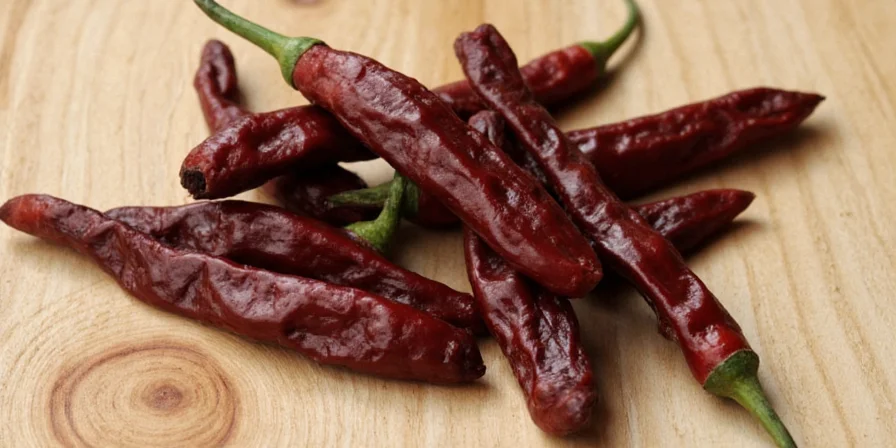
Flavor Profile & Heat Level
If spiciness were an Olympic sport, the pasilla would probably compete in the decathlon — it’s versatile but not flashy. With a Scoville rating ranging from 1,000 to 2,500 SHU, it sits comfortably between mild bell peppers and fiery jalapeños.
| Chili | Scoville Heat Units (SHU) | Flavor Notes |
|---|---|---|
| Pasilla | 1,000–2,500 | Earthy, fruity, smoky, coffee-like |
| Jalapeño | 2,500–8,000 | Grassy, crisp, vegetal |
| Ancho | 1,000–2,000 | Sweet, raisiny, slightly tangy |
In terms of flavor, pasilla brings a unique blend of earthy, smoky, and even a hint of chocolate or dried fruit — think of it as the espresso of chilies. It’s not aggressive, but it definitely makes its presence known in a complex way.
Culinary Uses of Pasilla Chile
Pasilla chiles are a cornerstone in traditional Mexican cuisine. They’re often used in:
- Mole sauces (especially mole negro)
- Chiles rellenos fillings
- Rubbed onto meats before roasting or grilling
- Blended into salsas and adobos
- Used to season soups and stews
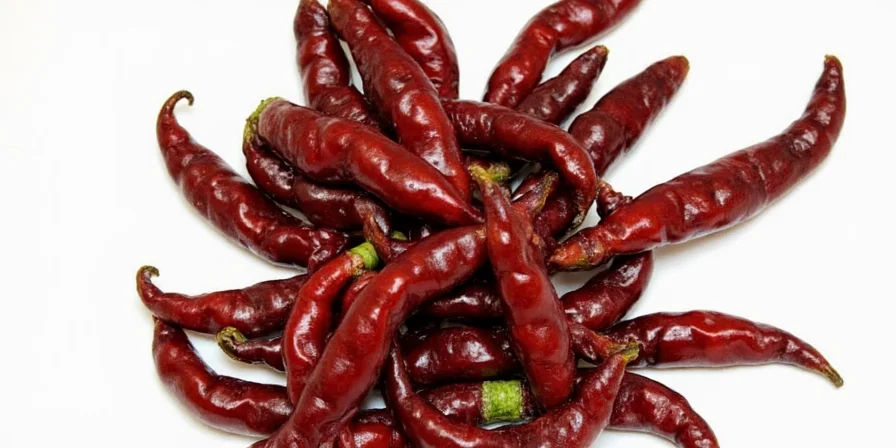
5 Practical Cooking Tips with Pasilla Chiles
- Toast them first: Lightly toast pasilla chiles in a dry pan until fragrant to enhance their depth of flavor. Don’t burn them — they’ll get bitter!
- Soak smartly: Soak in hot water or broth for about 20 minutes to soften before blending. Add a bit of vinegar or citrus zest to boost flavor extraction.
- Blend wisely: Blend soaked pasilla chiles with garlic, onion, and spices to create a base for sauces or marinades.
- Use in moderation: Its flavor is strong and concentrated. Start small and taste as you go.
- Pair with bold flavors: Pasilla pairs well with cumin, smoked paprika, cinnamon, orange zest, and even dark chocolate.
Pasilla vs Ancho: What’s the Real Difference?
Many people confuse these two popular dried chilies, but here’s how to tell them apart:
| Feature | Pasilla | Ancho |
|---|---|---|
| Origin | Dried chilaca chili | Dried poblano chili |
| Color | Dark brown to black | Deep red |
| Flavor | Earthy, smoky, with hints of fruit & coffee | Sweet, raisiny, slightly tangy |
| Heat Level | 1,000–2,500 SHU | 1,000–2,000 SHU |
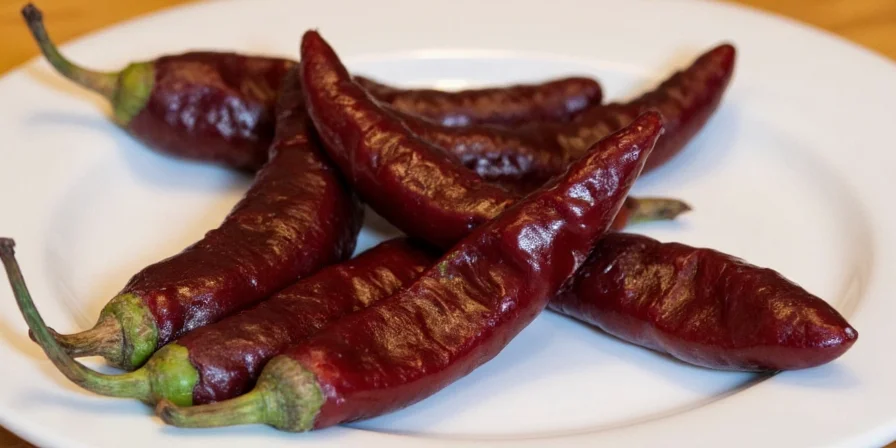
Think of pasilla as the brooding artist, while ancho is the cheerful baker — both great, just different vibes.
Buying & Storing Pasilla Chiles
When buying pasilla chiles, look for ones that are flexible (not brittle), pliable when bent, and have a rich aroma. Avoid chilies that smell musty or are overly dry and crinkly — they’ve likely lost much of their flavor.
Storage tips:
- Store in an airtight container in a cool, dark place for up to 6 months
- Freeze whole dried chilies for longer shelf life (up to 1 year)
- For convenience, grind dried pasilla into powder and store separately
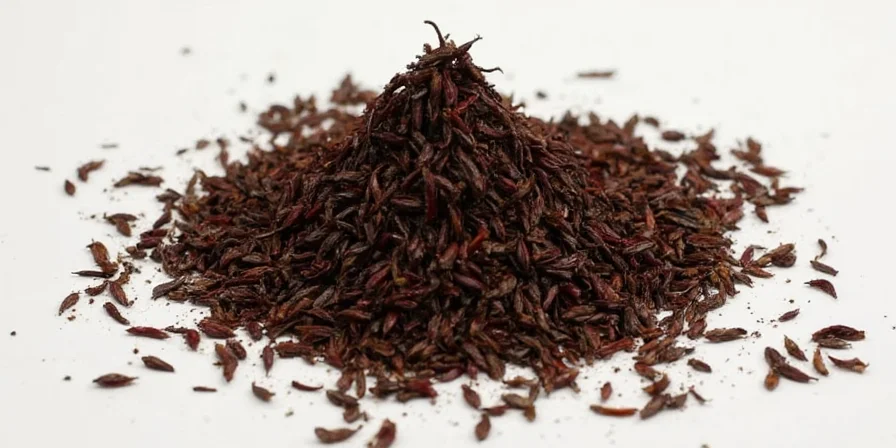
A Little History: Pasilla in Culture & Cuisine
The pasilla chile has roots deep in Mexican culinary tradition. It plays a starring role in Oaxacan cuisine, particularly in the famed trio of moles: mole negro, mole verde, and mole amarillo. This dark horse of spice is more than a seasoning — it's part of a cultural legacy passed down through generations.
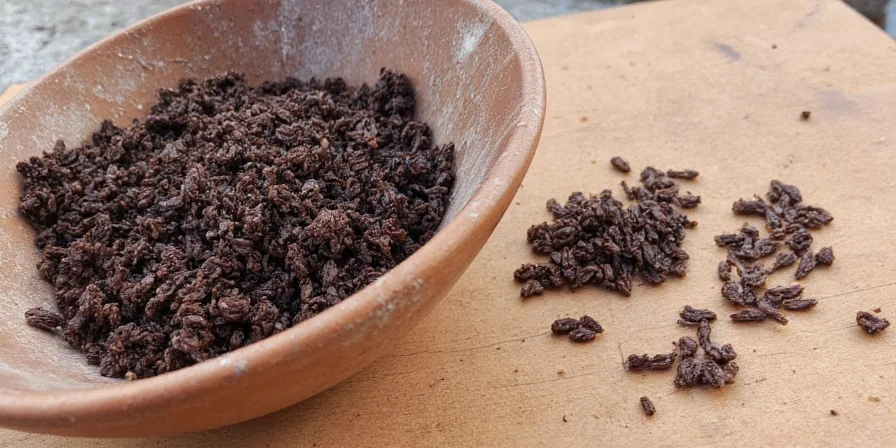
FAQ: Your Burning Pasilla Questions Answered
Can I substitute pasilla chiles with something else?You can use mulato or ancho chiles as substitutes, though the flavor will be slightly different. For heat, add a pinch of cayenne or chipotle powder to balance the profile.
Are pasilla chiles gluten-free?Yes! Dried chilies are naturally gluten-free. However, check labels if purchasing processed products like chili powders or pastes.
How do I know if my pasilla chile is still good?If it snaps instead of bends, smells stale or dusty, or shows signs of mold, it’s time to toss it out. Freshness matters when extracting flavor.
Can I eat pasilla chiles raw?While technically possible, raw dried chilies aren't ideal due to their tough texture. If you want a fresh kick, opt for the fresh chilaca chili instead.
Final Thoughts
The pasilla chile may not scream for attention like its spicier cousins, but don’t let its quiet charm fool you. It’s a flavor powerhouse that deserves a spot in every spice lover’s pantry. Whether you're making a classic mole or experimenting with fusion recipes, pasilla brings complexity, depth, and a touch of mystery to your cooking.
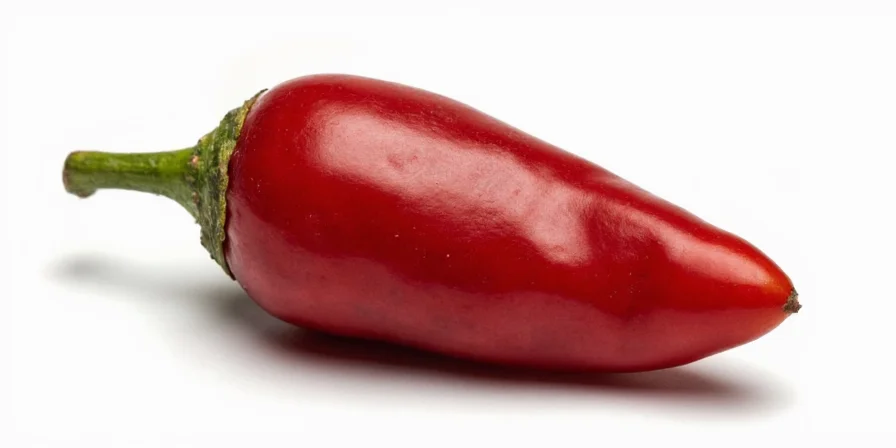
So next time you reach for a chili, don’t overlook the pasilla. Embrace the darkness — your taste buds will thank you.

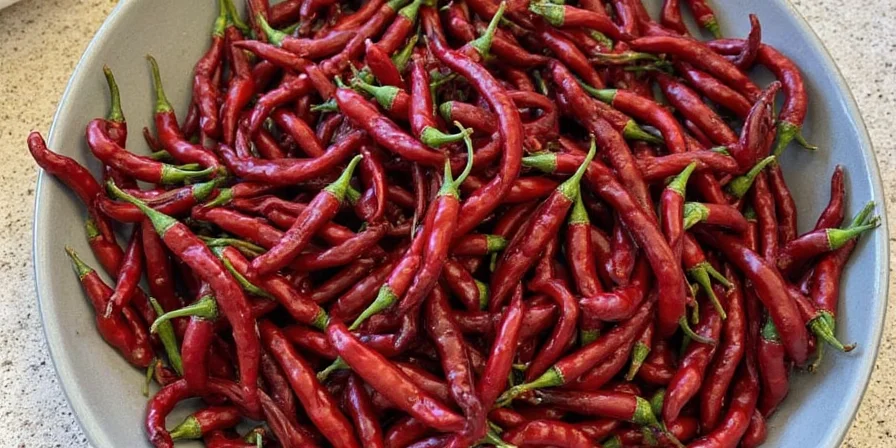









 浙公网安备
33010002000092号
浙公网安备
33010002000092号 浙B2-20120091-4
浙B2-20120091-4